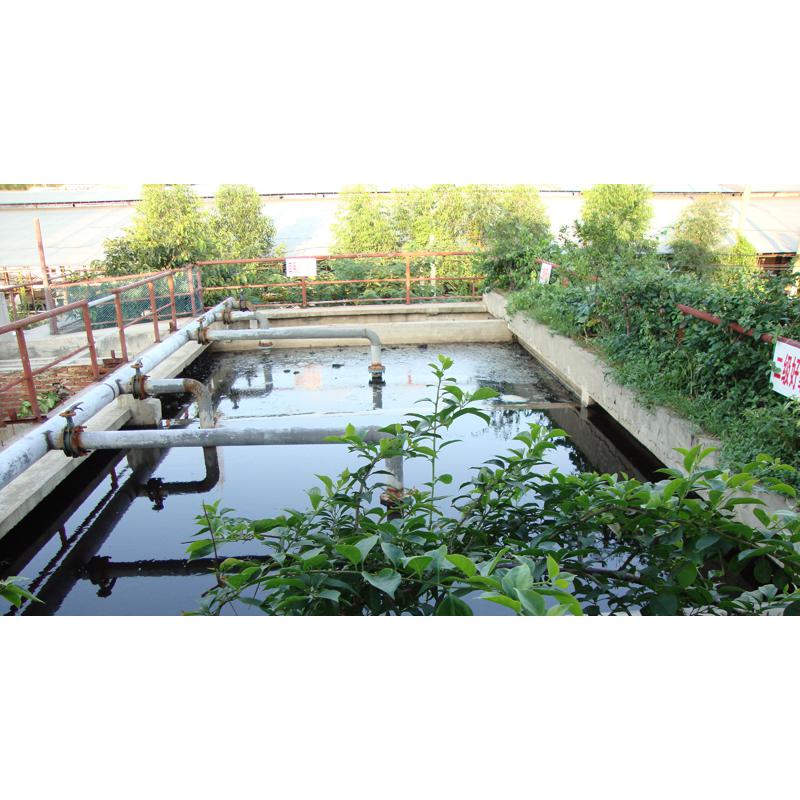How to use ferric chloride in sewage treatment?
Ferric chloride is used as purifying flocculant in environmental protection sewage treatment; it is used as water purifying agent in drinking water treatment; it is used as circuit board etching agent in electronic industry; it is used as corrosion of stainless steel products in light industry; it is used as catalyst of dichloroethane in organic synthesis; it is used as oxidant and mordant of indigo dye in printing and dyeing industry; it is used as intermediate raw material in dye industry; it is used in medicine It can be used as the raw material of catalysis in pharmaceutical industry; it can increase the building strength, corrosion resistance and prevent water seepage after infiltrating its solution into the building concrete; ferric chloride is the main raw material for producing stevioside, which is used as catalyst in the production of insoluble sulfur, and is also widely used in the production of TV shade cover.

Product features:
Liquid ferric chloride is a good substitute for solid ferric chloride, and it is a cheap flocculant for municipal wastewater and industrial wastewater treatment. It has significant effects on precipitation of heavy metals and sulfides, decolorization, deodorization, oil removal, sterilization, phosphorus removal, and reduction of COD and BOD in effluent. Compared with other flocculants for wastewater treatment, it has the following characteristics:
1. Compared with solid ferric chloride, the price of the same concentration is more than 40% lower, which can completely replace solid ferric chloride;
2. It is an aqueous solution, eliminating the tedious operation and incomplete dissolution of solid flocculant solution;
3. It can replace liquid or solid aluminum sulfate, polyaluminum chloride, polyferric sulfate and other flocculants, and the treatment cost can be reduced by more than 30%;
4. The flocculation performance is excellent, and the sedimentation rate is higher than that of aluminum salt series flocculants such as aluminum sulfate and polyaluminum chloride, and the formed alum flocculent is dense and fast, which can reduce the phenomenon of alum flocculent and reduce the backwashing times of filter.
5. The amount of sludge produced after treatment is small, which can greatly save the cost of sludge treatment;
6. It is suitable for a wide range of pH value of water, and can be used in the wide range of pH value of 4-12, and the range of pH value is 6-10.
Usage:
This product focuses on industrial wastewater treatment. When using, the appropriate amount of the product is directly added to the wastewater and stirred strongly to make it mix with the wastewater evenly. Generally, the dosage is 0.01% ~ 0.1% of the total wastewater. In practical application, the dosage should be determined according to the experiment due to the difference of wastewater quality. The pH range used is 6-10, so the treatment effect will be produced by adjusting pH to the required range with lime or alkali solution before use.
Precautions for product packaging, storage and transportation
Plastic drums or glass fiber reinforced plastic tank cars are used for packaging. Plastic drums are 35-330 kg per barrel. This product has a certain degree of corrosivity. It must be stored in a corrosion-resistant container for one year.
This paper is from Jiangmen sewage treatment agent http://www.viliya.cc/
-
11-19
What will affect the effect of Jiangmen sewage treatment agent
With the continuous deterioration of the environment, sewage treatment agent can be seen everywhere in life, occupying a very important role, but in the process of use, what are the factors affecting its use effect? The following sewage treatment agent manufacturers to do a detailed explanation for you: what factors will affect the effect of sewage treatment agent 1. Temperature: when the water temperature is too low, the microbial activity is poor, when the water temperature is too high, the mi
-
11-19
Wastewater treatment agent manufacturers introduce their application fields
With the continuous development of China's industry, the environment is also deteriorating, sewage treatment agent gradually began to be widely used in our life, so what are its application fields? The following sewage treatment agent manufacturers to do a detailed explanation for you: sewage treatment agent manufacturers to introduce the application field: with the continuous development of the times, life has been seriously polluted, there are many enterprises discharge wastewater containing a
-
11-19
Four aspects should be considered in the selection of sewage treatment agent
We are not unfamiliar with the details of sewage treatment agent, so in the purchase process, how to choose the real sewage treatment agent? The following sewage treatment agent manufacturers to do a detailed explanation for you: 1. Determination of physical constants: such as density, viscosity of liquid agent, melting point of solid agent, etc. 2. Obtaining spectrum or other spectral characteristics: such as UV absorption spectrum, infrared spectrum, nuclear magnetic resonance spectrum. For so
-
11-19
Is sewage treatment agent dangerous?
With the continuous strengthening of China's efforts, the application range of sewage treatment agent is gradually extensive, greatly reducing the severity of environmental pollution, so this is a dangerous goods? The following sewage treatment agent manufacturers to do a detailed explanation for you: does sewage treatment agent belong to dangerous goods? There are many kinds of sewage treatment agents on the market, but all the treatment agents are chemicals. If you drink and eat them by mistak